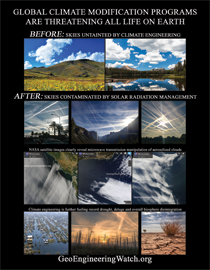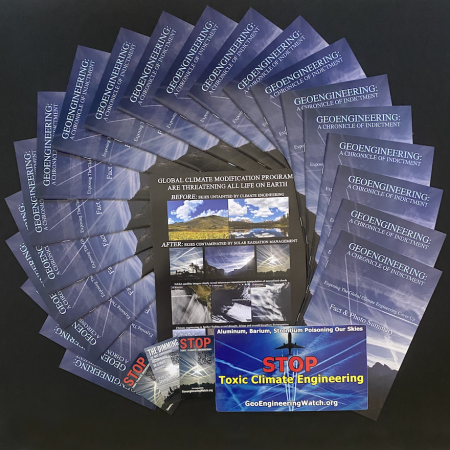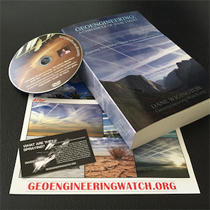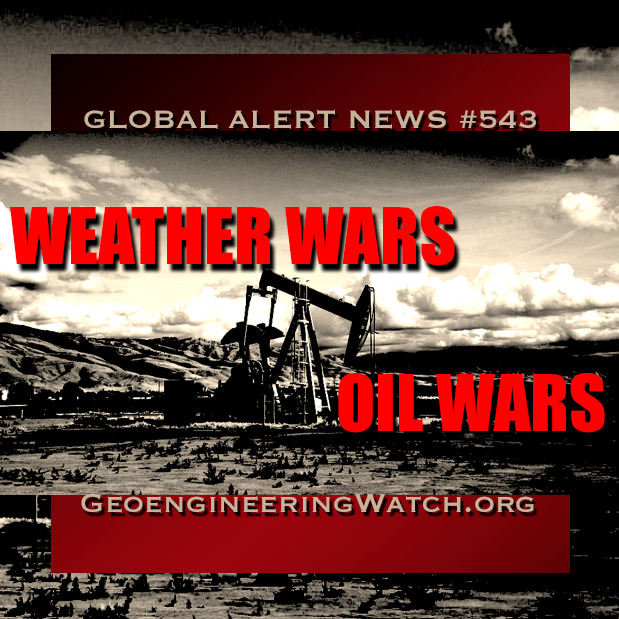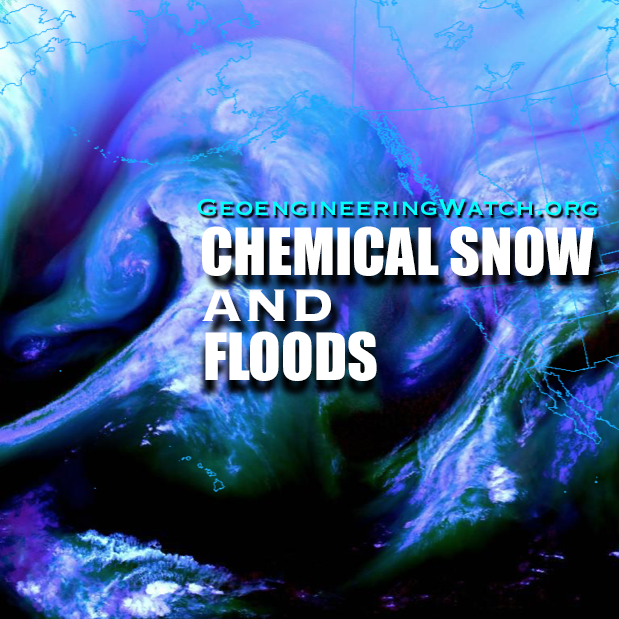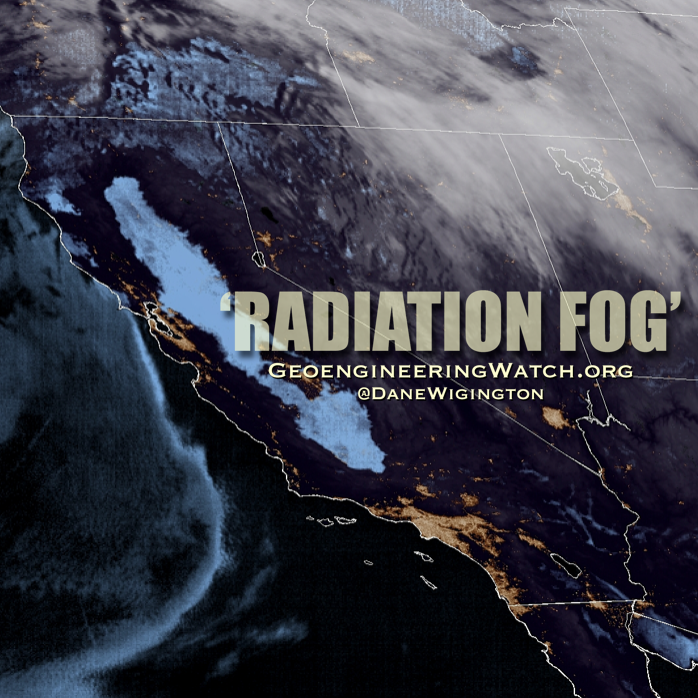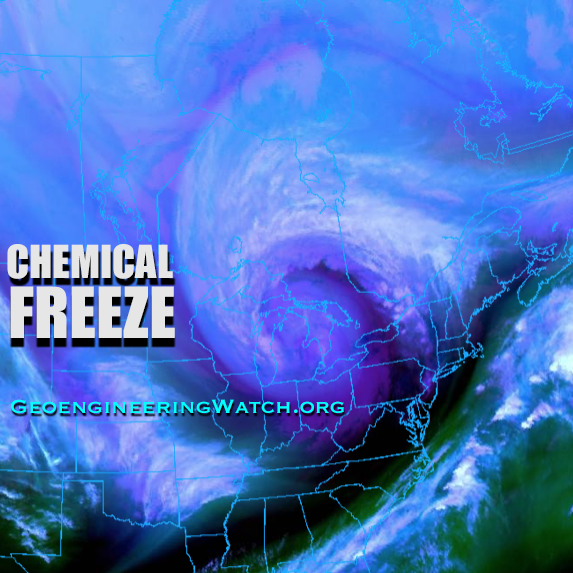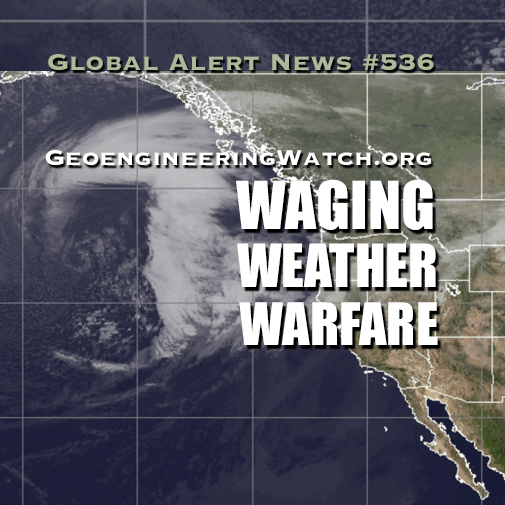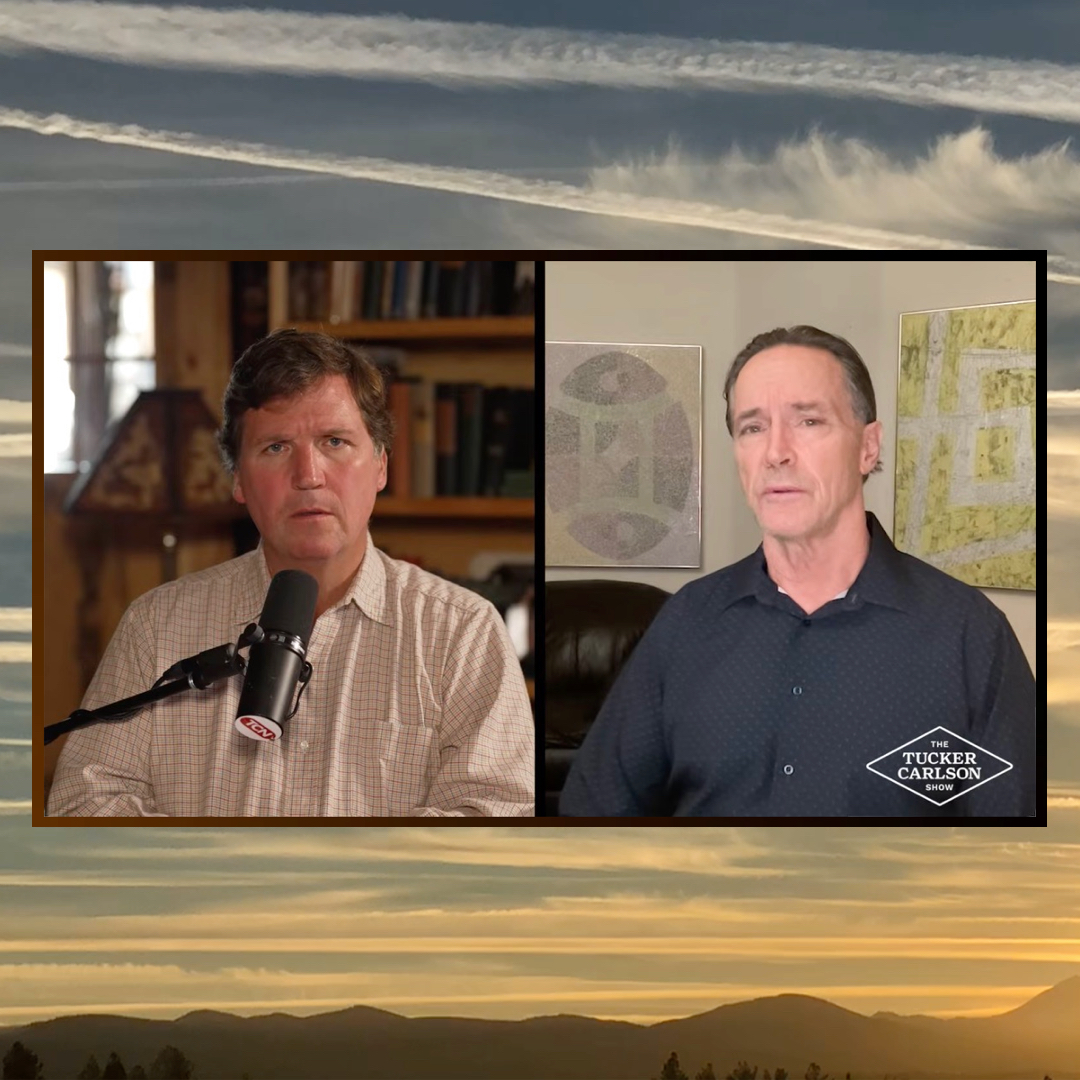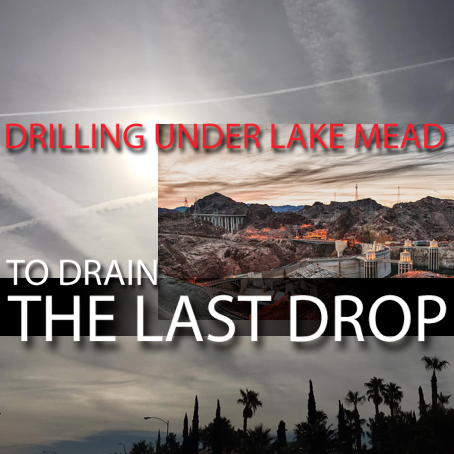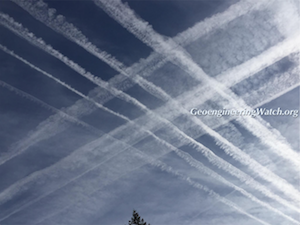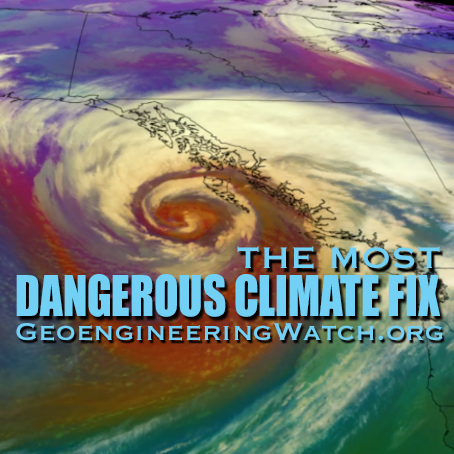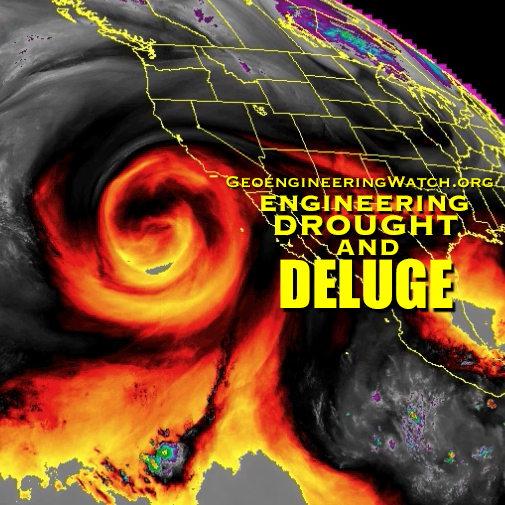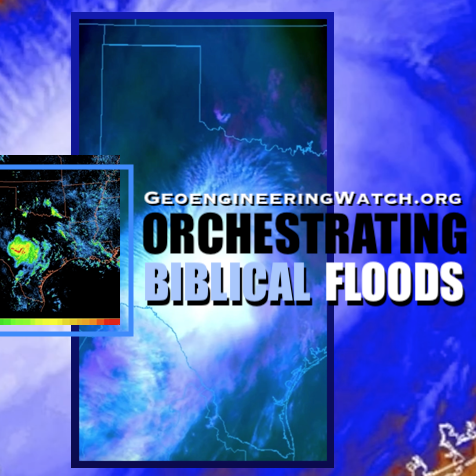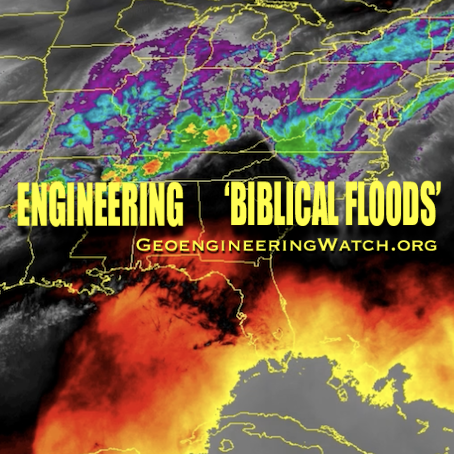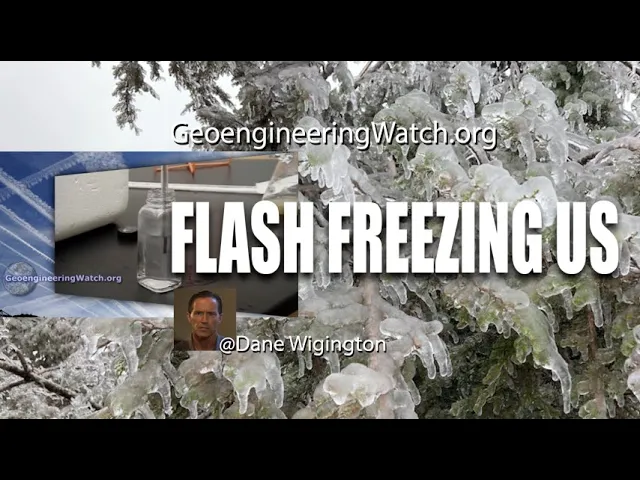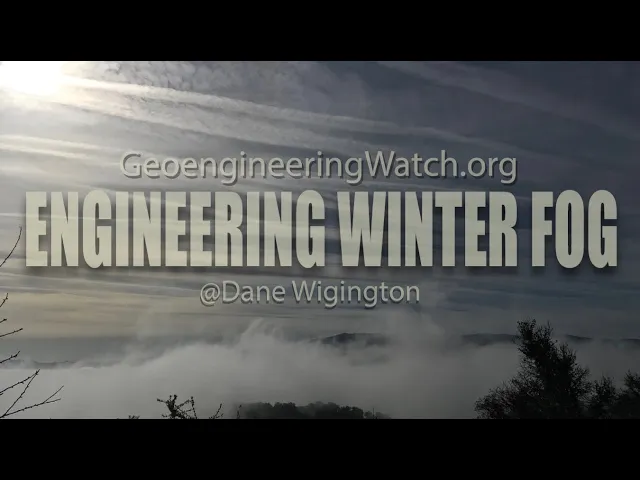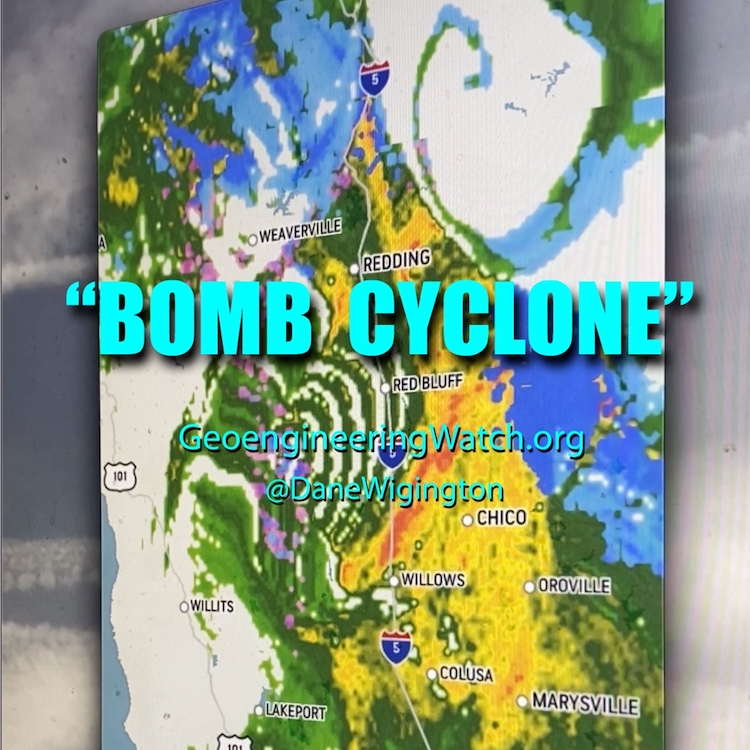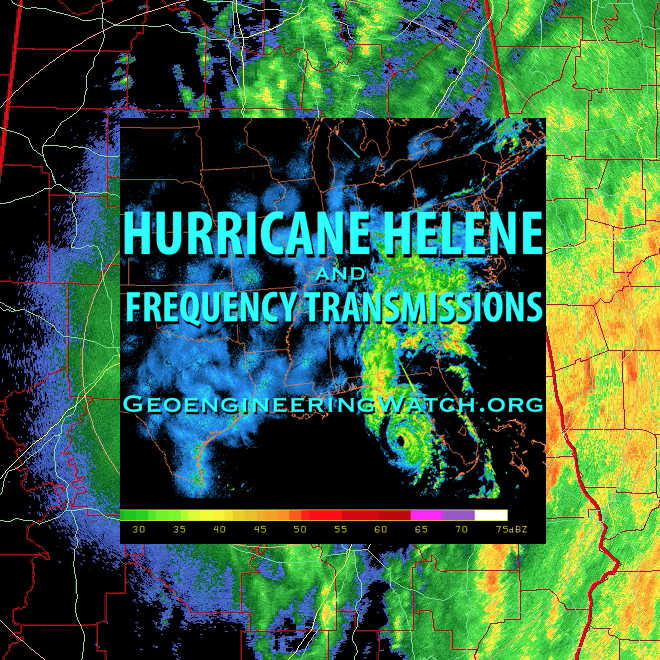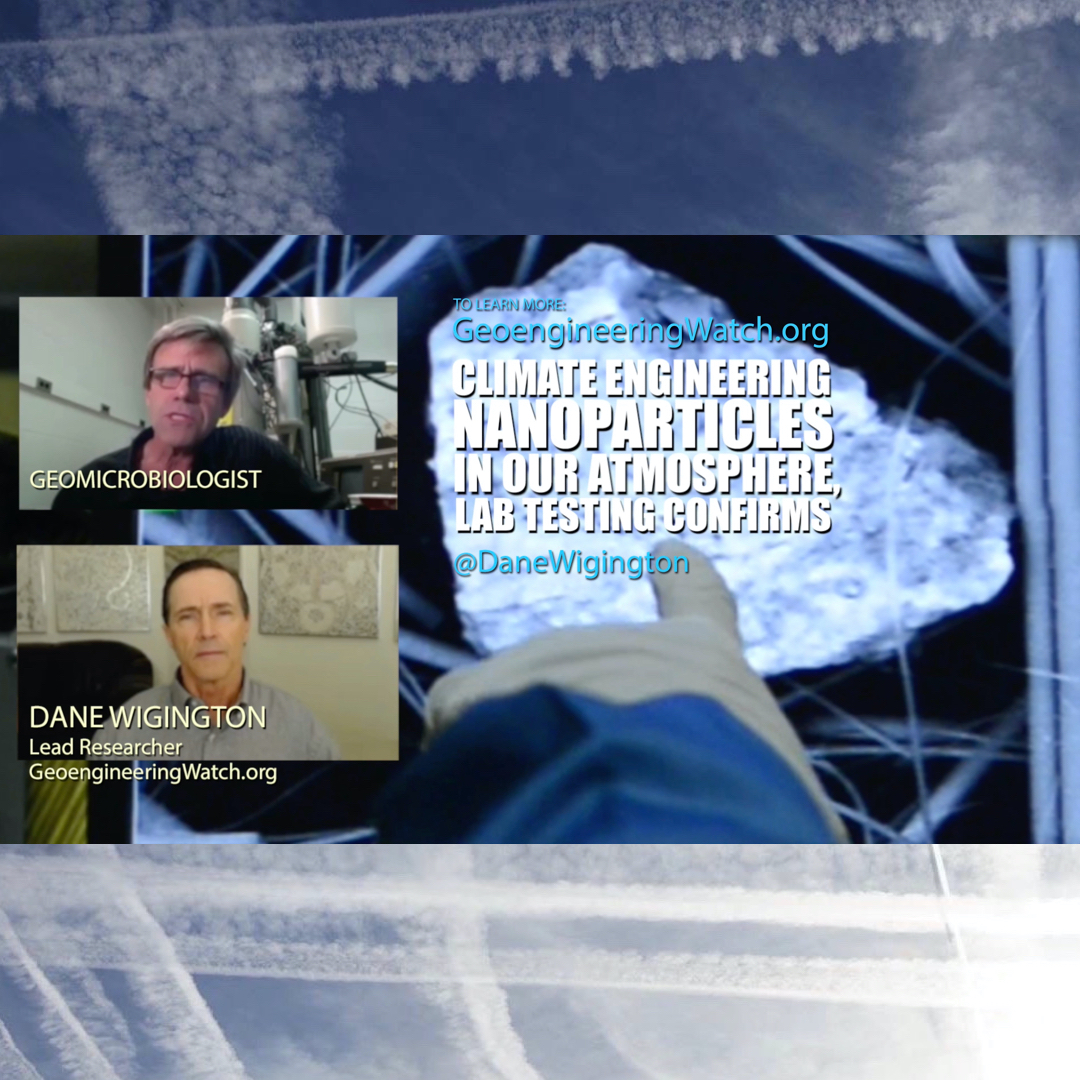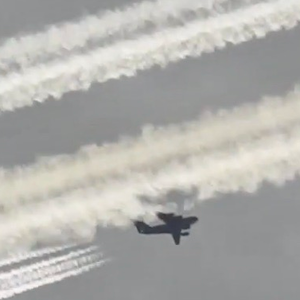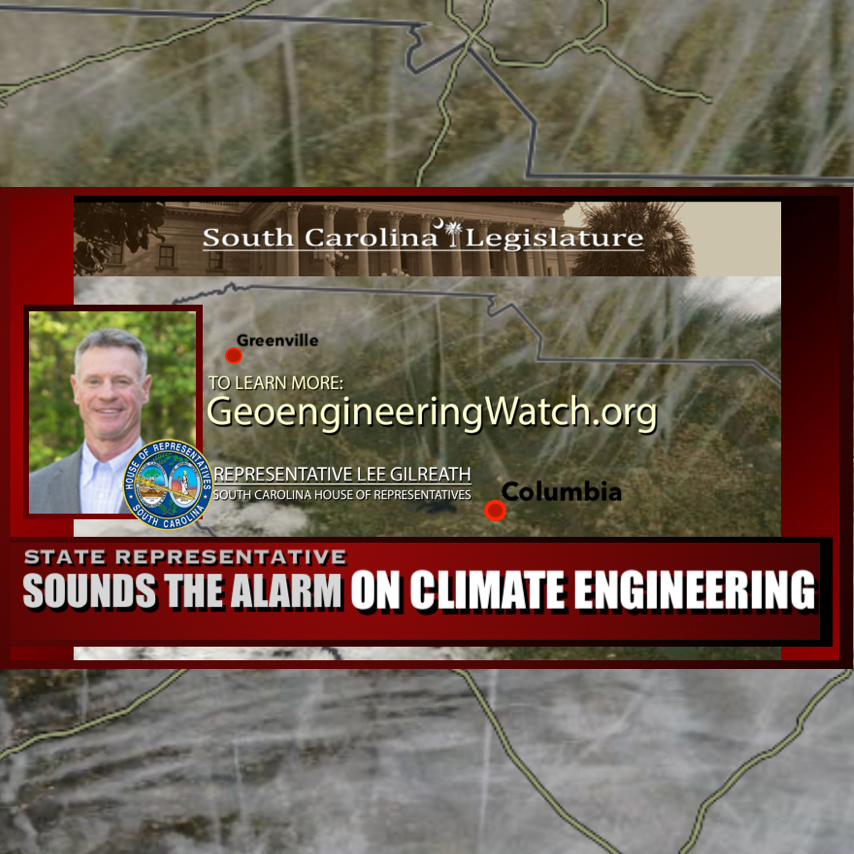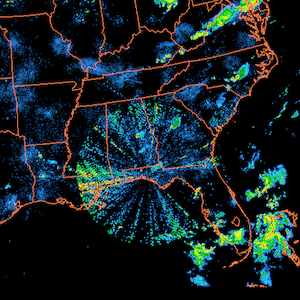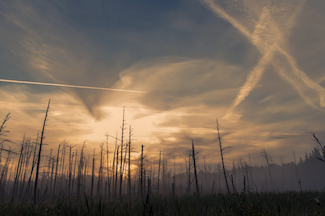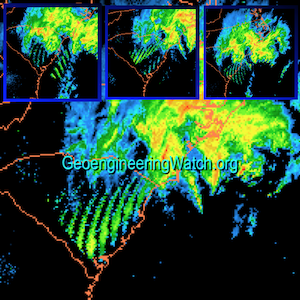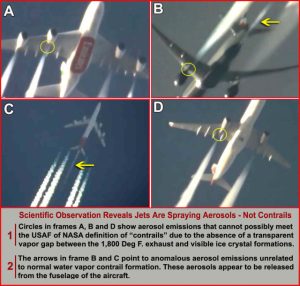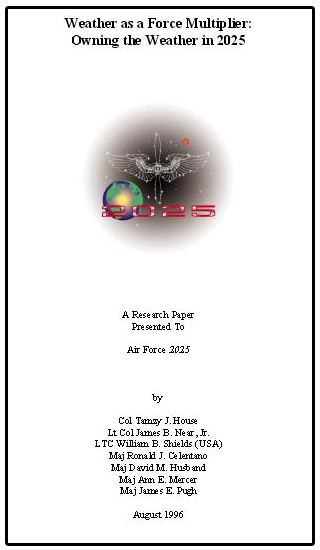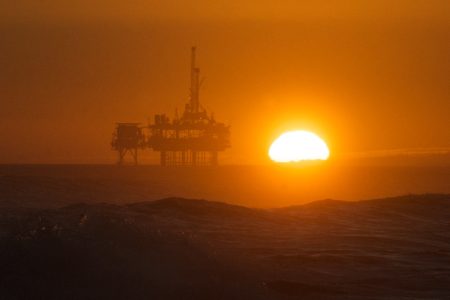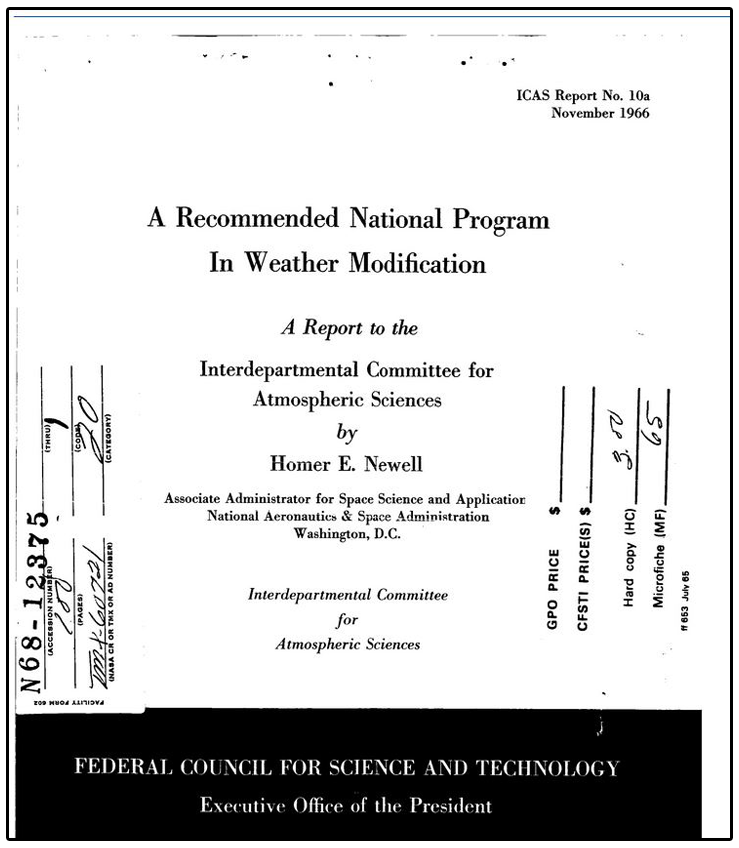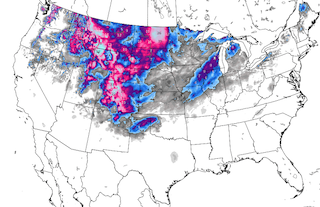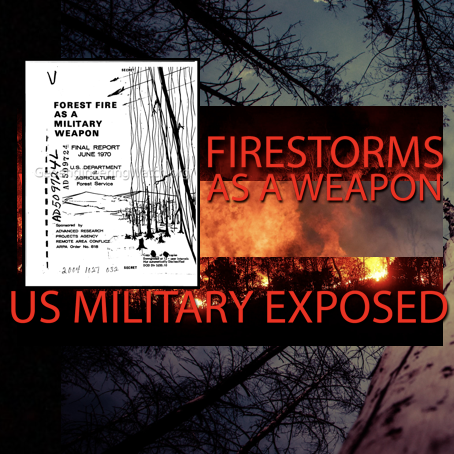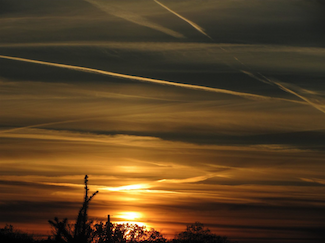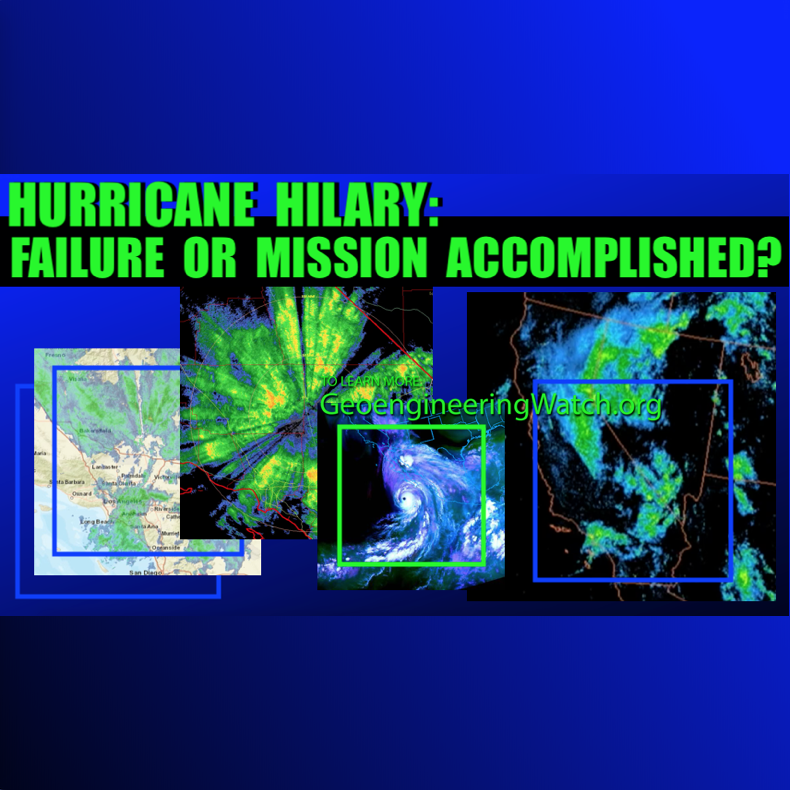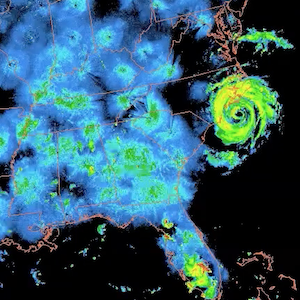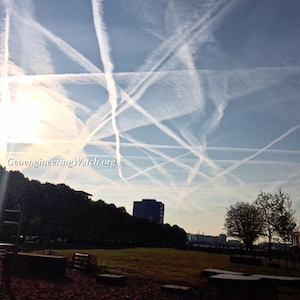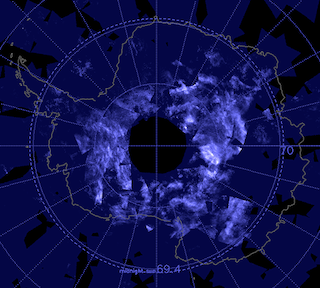Source: ThinkProgress.org
The Gulf of Mexico has been struggling with the pollution from offshore oil drilling for a long time, a struggle that was dramatically highlighted by the BP Deepwater Horizon oil spill six years ago.
But now it has come to light that the oil industry is conducting offshore fracking in the Gulf, which is even more dangerous than conventional oil drilling, according to the Center for Biological Diversity. The group received copies of more than a thousand fracking permits from the Bureau of Ocean Energy Management (BOEM) following a court order.
Under the Obama administration, between 2010 and 2014, more than 1,200 permits to frack in the Gulf were approved through a largely rubber-stamp process, the Center for Biological Diversity said. The EPA, which does not permit offshore drilling, has meanwhile allowed fracking companies to dump their wastewater directly into the ocean, with little to no environmental review and no system of water monitoring.
“Fracking has largely been in a shroud of secrecy,” explained Miyoko Sakashita, oceans director at Center for Biological Diversity, whose group was tipped off to the practice after reporters revealed that fracking was occurring in federal waters off California.
“It is a dangerous activity that has no place in our oceans or the Gulf of Mexico,” she told ThinkProgress. The group hasn’t yet received all of the documents requested, so the current tally of fracked locations is incomplete.
During fracking, on or offshore, chemical-laced water is injected at high pressure into shale formations below ground. The sandy water fractures the shale, releasing the gas or oil trapped inside. Onshore, the practice has been tied to increased earthquakes, methane leaks, and drinking water contamination. The chemicals used during fracking include known carcinogens and other toxic elements.
It appears that the agencies weren’t particularly concerned about what fracking’s impact might be.
“Even the regulators, until recently, were not really aware it was happening,” Sakashita said.
“The EPA didn’t really know what chemicals — and still doesn’t know what chemicals — are being discharged into the Gulf of Mexico.”
There were some 76 billion gallons of waste water from fracking released into Gulf waters in 2014 alone, the group estimates. On land, wastewater is either put into storage wells or ponds, or it is treated before being released back into streams and rivers. The EPA requires the water to be relatively clean for it to be put into surface water sources. But that’s not the case offshore.
“When I first called EPA… they basically responded to me that they don’t keep track of [wastewater dumping] and they don’t know,” Sakashita said. Companies are only restricted from dumping water that includes a certain amount of oil or gas in it, and the chemicals used in fracking are usually kept confidential.
But the last thing the Gulf needs is more poisonous water dumped into it.

A sheen on the Gulf waters shows where oil is leaking from a rig.
CREDIT: Gulf Restoration Network
The Deepwater Horizon spill was the worst offshore oil spill in U.S. history, but it’s hardly the only spill the Gulf has had to deal with. In fact, oil spills of various sizes are literally always happening in the Gulf. Just last month, a pipeline spilled nearly 90,000 gallons of oil about 100 miles south of Louisiana’s coast. At least one of the wells attached to the pipeline is being fracked, advocates said.
The Gulf Restoration Network, which conducts monthly flyovers of the Gulf and coastal Louisiana, recently released new photos of another leak. They found a five mile long, 400 foot wide sheen coming from the well, which has been leaking for 12 years. The company that owns the well, Taylor Energy, claims it cannot fix it, according to Raleigh Hoke, a campaign director for the Gulf Restoration Network.
“It’s clear that the industry can’t operate safely in this region,” Hoke told ThinkProgress.
His group has seen an increase in fracked wells versus conventional wells over the past five years or so, he said, although he wasn’t sure why the transition was occurring. It could be, as it is in onshore drilling, that fracked wells can access oil and gas reserves that are harder to get via conventional drilling.
“As the easiest oil and gas resources are being tapped, the industry is going into more and more dangerous operations,” Hoke said. The BP spill, for instance, was significantly worse because the company was operating in very deep waters.
Hoke questions why the Gulf is so uniquely affected by this issue.
Recently, the administration released a final five-year plan for BOEM that removed a previous proposal to explore for oil off the southeast coastal states, including Virginia, North Carolina, South Carolina, and Georgia. The proposal engendered a broad outcry, despite support from governors, with residents in coastal communities concerned that the activity would jeopardize their livelihoods as well as the local environment.
And in February, the Department of the Interior agreed to a moratorium on fracking in federal waters in the Pacific until an environmental assessment could be completed. (Much to environmentalists’ disappointment and incredulity, the assessment was completed in late May, and BOEM determined that fracking was unlikely to have a “significant” impact on the environment.)
But the Gulf is getting fed up with paying the price for the rest of our dependence on oil, Hoke said, pointing out that some of the most vulnerable communities in the country are in coastal Louisiana. “We shouldn’t be the sacrifice zone for supplying oil and gas to the country,” he said.
Source: ThinkProgress.org





